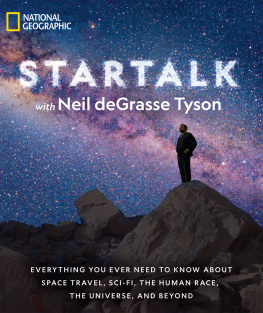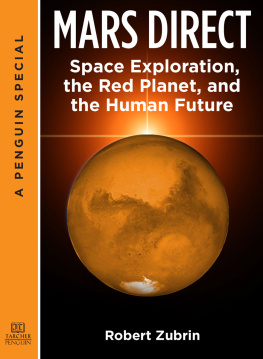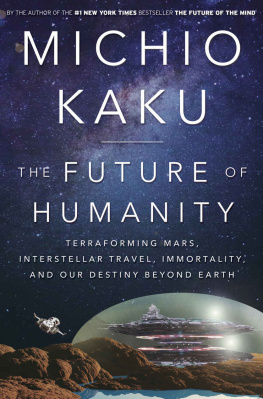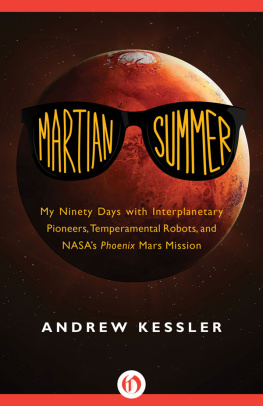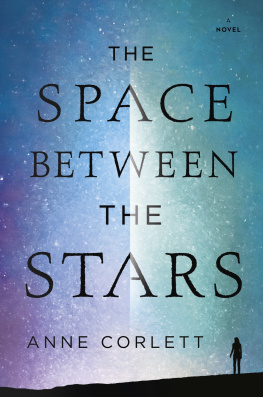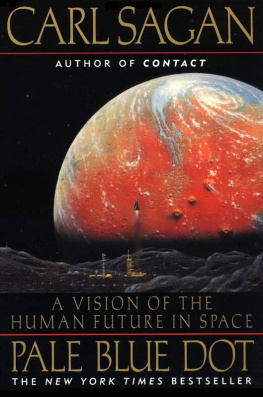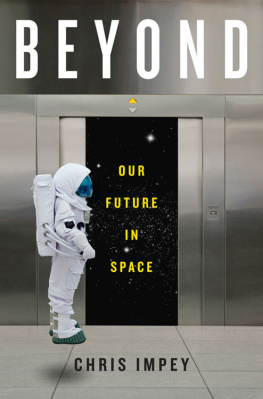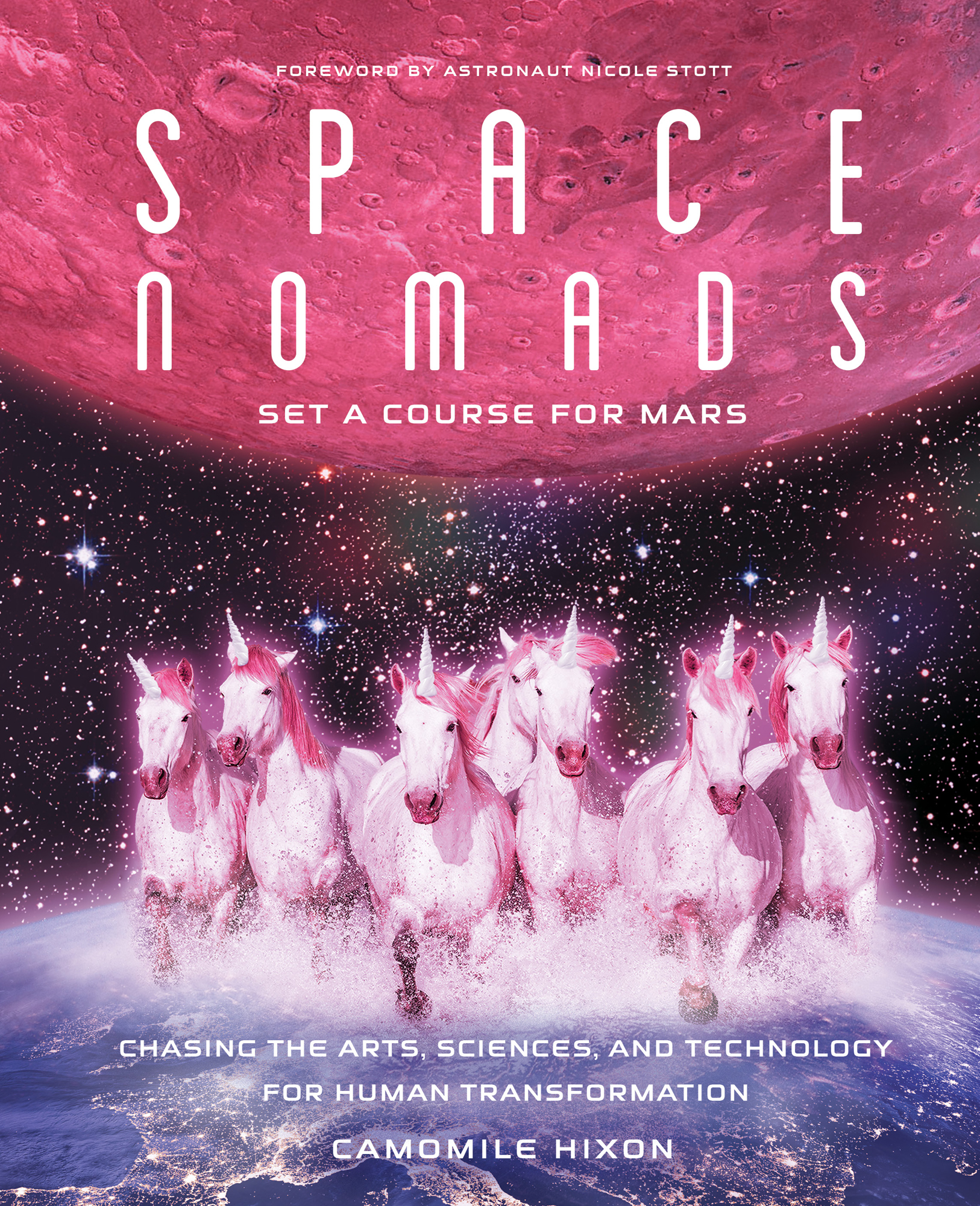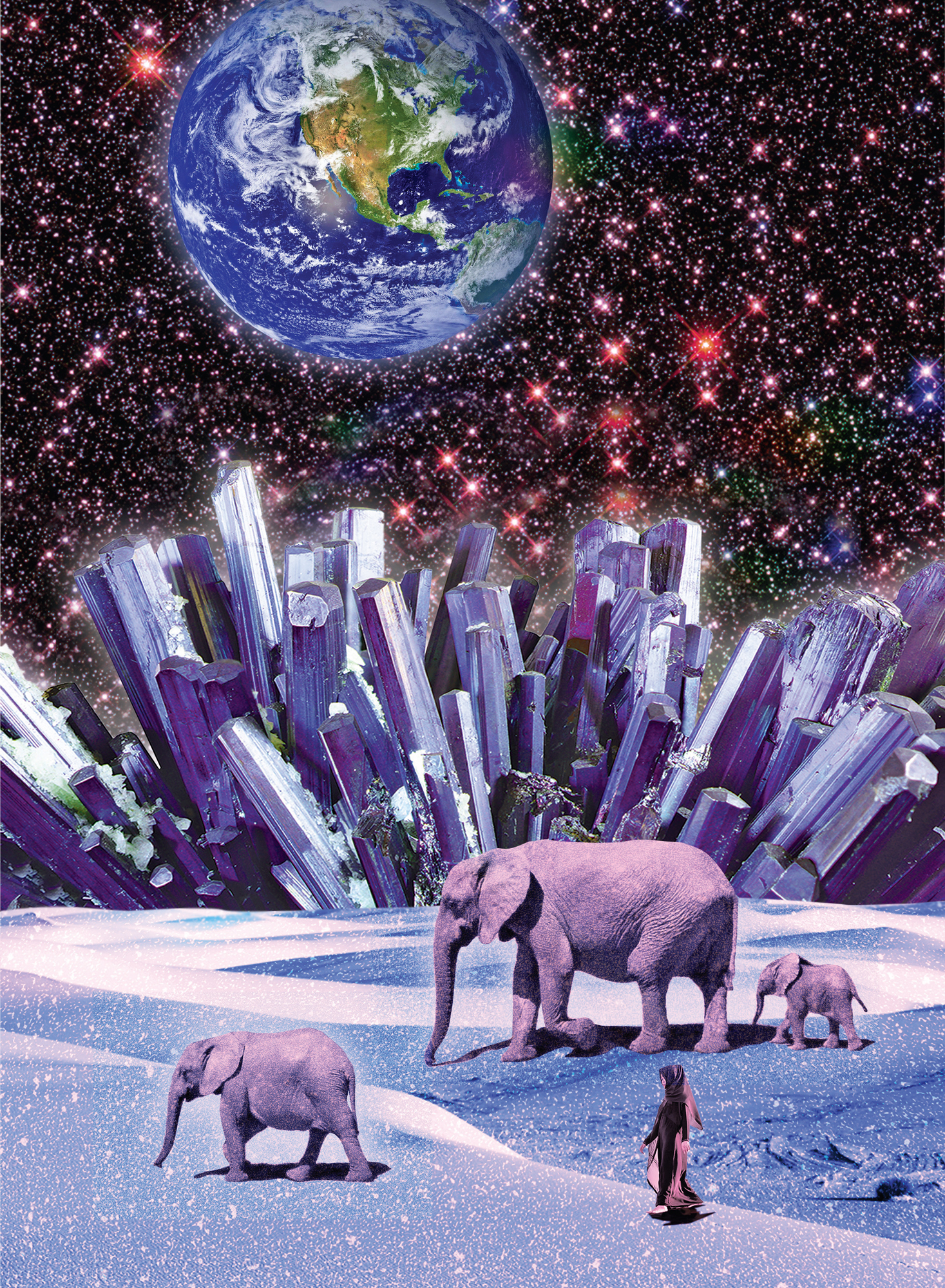Contents
Guide
Foreword by Astronaut Nicole Stott
Space Nomads: Set a Course for Mars
Chasing the Arts, Sciences, and Technology for Human Transformation
Camomile Hixon
Advance Praise for SPACE NOMADS SET A COURSE FOR MARS
I wish Camomile Hixon had written this book twenty-five years ago when it would have served me well as an actress playing the captain of a starship, struggling as both an artist and a student to understand the unfathomable mystery of space. Hixon is passionate about a future on Mars, but because her passion is grounded in theory, were allowed to imagine just such a reality, and this is, of course, how dreams come true. Intelligent, philosophical, lyrical, and beautifully illustrated, Space Nomads: Set a Course for Mars is a must-read for anyone wishing to grasp the imperceptible through idealism and aspiration.
Kate Mulgrew (Captain Janeway, Star Trek: Voyager), actor and author
When stories of the future exploration and habitation of the cosmos are written, theyre usually stories of technology and battles and intrigue. In Space Nomads: Set a Course for Mars, Camomile Hixon instead tells these same stories with art, poetry, and compassion. Will any of these futures come true? I dont know, but if one does, I would like to sign up for the future of the Space Nomads, expanding our shared humanity into the universe.
Mike Brown, professor of planetary astronomy at CalTech and author of How I Killed Pluto and Why It Had It Coming
Camomile Hixon is a true artist and a creative spirit for the new age. The vision she presents in this book is one of courageous optimism: a pure and beautiful hopefulness for humanity.
Sheika Fariha al-Jerrahi (Philippa de Menil), founder of the Dia Art Foundation
Throughout this outlandishly optimistic vision of an imminent Buddhist future in spaceone that simultaneously energizes an awakened consciousness on Earthdisbelief is rudely interrupted by scientific data. The book itself so brilliantly shuttles between earthbound and cosmic challenges that by its end, our own sense of joyful possibility has been expanded. Space Nomads: Set a Course for Mars provides a glimpse of ourselves transformed by radically new perspectives; and similar to meditation experiences, the smaller our conventional and habitual selves become, the larger the reality we inhabit.
Helen Tworkov, founder of Tricycle: The Buddhist Review

An Imprint of Simon & Schuster, Inc.
1230 Avenue of the Americas
New York, NY 10020
www.SimonandSchuster.com
Copyright 2021 by Camomile Hixon
All rights reserved, including the right to reproduce this book or portions thereof in any form whatsoever. For information, address Simon & Schuster Subsidiary Rights Department, 1230 Avenue of the Americas, New York, NY 10020.
First Tiller Press hardcover edition June 2021
TILLER PRESS and colophon are trademarks of Simon & Schuster, Inc.
For information about special discounts for bulk purchases, please contact Simon & Schuster Special Sales at 1-866-506-1949 or .
The Simon & Schuster Speakers Bureau can bring authors to your live event. For more information or to book an event, contact the Simon & Schuster Speakers Bureau at 1-866-248-3049 or visit our website at www.simonspeakers.com.
Interior design by Jennifer Chung
Front cover art by Camomile Hixon
Horses in water by Shutterstock; Earth by Shutterstock; Mars Courtesy Nasa/JPL-Caltech.
Library of Congress Cataloging-in-Publication Data
Names: Hixon, Camomile, author.
Title: Space nomads / Camomile Hixon.
Description: First Tiller Press hardcover edition. | New York, NY : Tiller Press, 2021. | Includes bibliographical references. Identifiers: LCCN 2020043441 (print) | LCCN 2020043442 (ebook) | ISBN 9781982152314 (hardcover) | ISBN 9781982152321 (ebook) Subjects: LCSH: Outer spaceExploration. | Mars (Planet) Classification: LCC QB500.262 .H59 2021 (print) | LCC QB500.262 (ebook) | DDC 919.904dc23
LC record available at https://lccn.loc.gov/2020043441
LC ebook record available at https://lccn.loc.gov/2020043442
ISBN 978-1-9821-5231-4
ISBN 978-1-9821-5232-1 (ebook)
FOR LEO AND LEX
Dont forget love;
it will bring all the madness you need to unfurl yourself across the universe.
Mirabai
FOREWORD
W hen Camomile first spoke to me about her book, she had me at glitter, unicorns, and spaceflight. I had followed her work even before she brought words to express the humanity of space exploration to life, and I found her artwork to be joyous, fantastic, and inspirational. I immediately felt a kindredness with her and the story she shares here of the power of creativity and exploration and the intersection between art and science, which we both believe opens up a universe of awe and wonder and possibility.
Im blessed to have flown two missions as an astronaut in outer space and logged over three months living and working on the International Space Station (ISS) and the space shuttle, and also to have spent three weeks on an inner space mission as an aquanaut to the Aquarius undersea habitat. I believe that the international model of peaceful and successful cooperation weve experienced in the extreme environments of space and sea holds the key to the same kind of peaceful and successful cooperation for all of humanity here on Earth.
From the Moon, our Apollo friends shared the iconic view of our colorful planet rising over the horizon of another planetary body set against the blackest black of space. This, to me, is still the ultimate presentation of who and where we all are together in space. In more recent times, from low Earth orbit, I and all my astronaut colleagues have been entranced by a wider-angle, horizon-to-horizon view of our planet out the window as we orbited Earth every ninety minutes.
The otherworldly perspective of our home planet that we experience from the vantage point of a spacecraft brings with it an undeniable sense of the interconnectedness of it all: life, our planet, the Universe. The colorful, glowing, crystal-clear, iridescent view out the window is the gift of human spaceflight.
As we pursue the trip to Mars that Camomile reflects on throughout this book, one observation in particular stands out to me: the need for us, as humans, as earthlings, to maintain a connection to our home planet even when were at our farthest from it. Consider all of the robotic spacecraft missions to explore distant planets; certainly theyve helped us learn more about those planets, but perhaps more important, theyve helped us learn more about our own place in the Universe. Were in awe of a picture from the spacecraft Cassini that gives us a more detailed understanding of Saturn and its iconic rings, but we get goose bumps from the picture that shows us in itthe dot of light in view beneath those rings. We have a need to find ourselves in these pictures.
The relationship we have with everyone and everything around useven other planetsis what makes us human. Its what Frank White termed the overview effect: how we as earthlings react to seeing Earth from space. At some point, though, along the roughly nine-month journey, when we as humans make that thirty-five-million-mile trip to Mars (for reference, the Moon is only two hundred fifty thousand miles away), we will transition from a view of Earth as the colorful planet we know to one that isnt earthly to us anymore at allto that starlike dot in the distance. We will be departing a planet that holds all the necessities of life beneath a thin blue line of atmosphere for a planet that does not.


